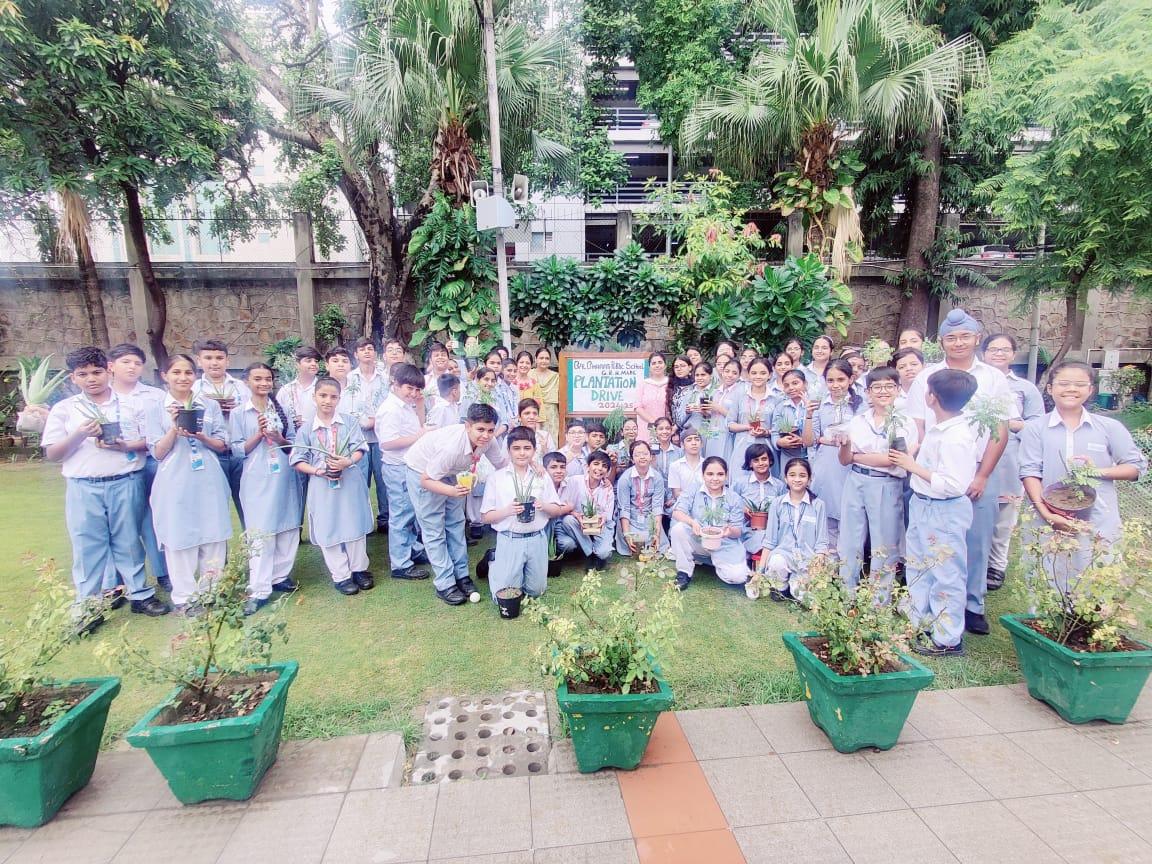Our school organized a plantation drive, an initiative aimed at promoting environmental awareness and encouraging sustainable practices among students. Being an avid supporter of green initiatives and having a soft spot for gardening, I was thrilled to participate. I decided to donate aloe vera plants, not just because they are easy to care for, but also for their numerous benefits. Here's a recount of my enriching experience.
The Decision to Donate Aloe Vera
Aloe vera is a resilient plant known for its medicinal properties and air-purifying abilities. It’s a perfect choice for schools because it requires minimal maintenance, making it an excellent introduction to gardening for students. I had a small nursery at home with several aloe vera plants flourishing, so the decision to donate them felt natural and meaningful.
Preparing for the Drive
The preparation began with selecting the healthiest aloe vera plants from my nursery. I carefully transplanted them into eco-friendly pots, ensuring they had enough space to grow. Each pot was labeled with basic care instructions and interesting facts about aloe vera, hoping to spark curiosity and interest among the students.
The Day of the Drive
On the day of the plantation drive, the school grounds were bustling with excitement. Students, teachers, and parents had gathered, each bringing different plants to contribute. The atmosphere was vibrant, filled with the chatter of enthusiastic participants and the fragrance of fresh earth and greenery.
When it was my turn to present, I shared a few words about the aloe vera plants, highlighting their benefits and ease of care. I explained how aloe vera can be used to treat minor cuts and burns, its role in air purification, and its overall significance in promoting a green environment. The students were intrigued, and many of them eagerly asked questions, showing a genuine interest in learning more.
Planting and Learning
After the presentation, it was time to plant the aloe vera. I guided a group of students, showing them the proper way to plant and care for aloe vera. It was heartwarming to see their enthusiasm as they dug holes, placed the plants, and gently patted the soil around them. The hands-on experience was invaluable, providing the students with practical gardening skills and a deeper understanding of plant care.
Reflections and Impact
Participating in the plantation drive was a fulfilling experience. It not only allowed me to contribute to a greener environment but also provided an opportunity to educate and inspire the younger generation. The excitement and curiosity of the students were infectious, and it was rewarding to see them take an active interest in caring for the plants.
Moreover, donating aloe vera plants felt like giving a part of myself to the school community. Knowing that these plants would grow and thrive on the school grounds, continuing to provide benefits long after the drive, gave me a sense of pride and accomplishment.

